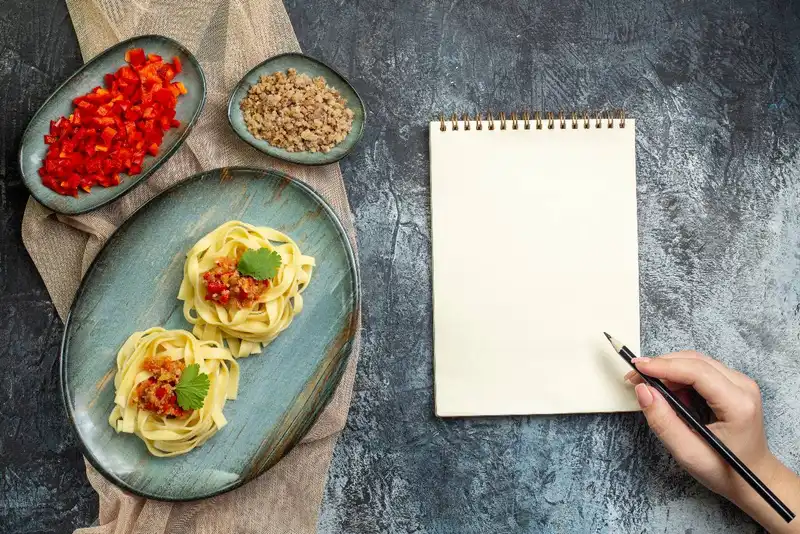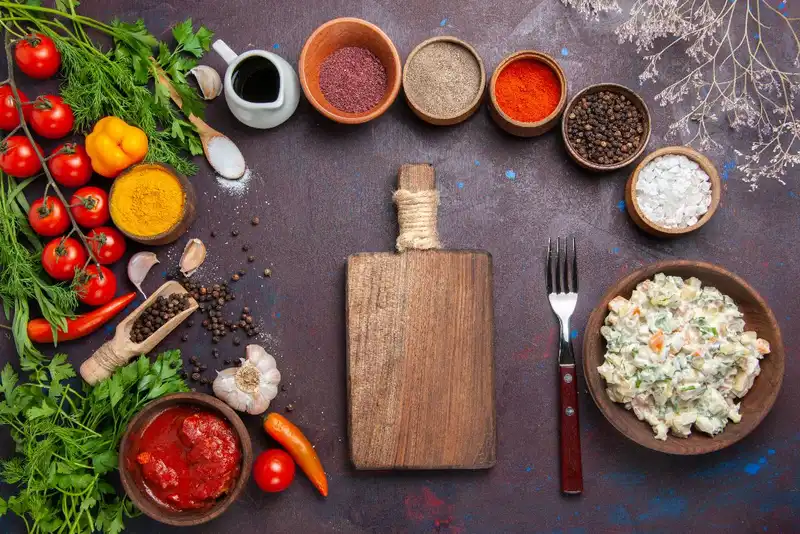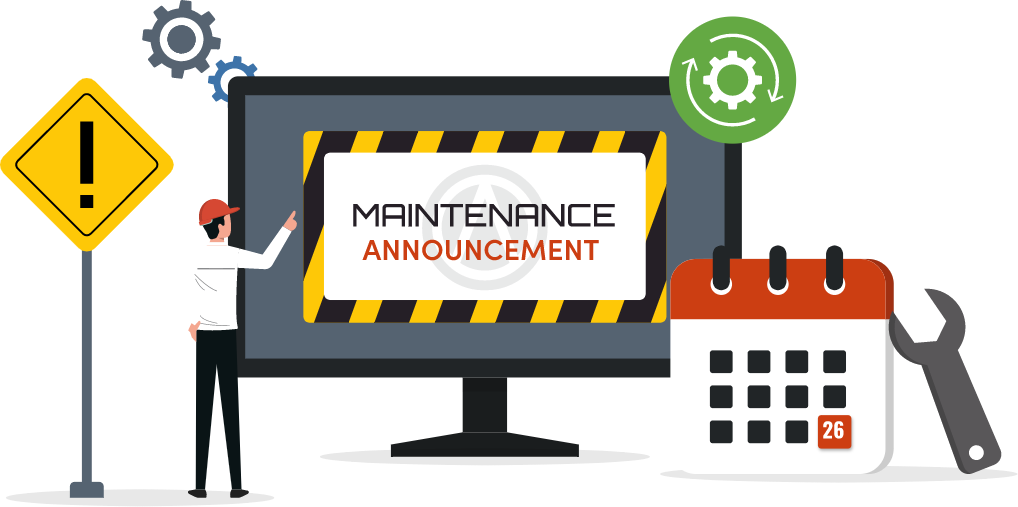What fields are essential on a recipe card?
Key fields include - ingredient list with exact measurements, preparation steps, yield/number of portions, allergen/dietary flags, cost per portion, and optionally, plating instructions. Standardizing these fields ensures consistency and accurate cost control.
Step-by-Step Guide to Creating Effective Recipe Cards for Your Restaurant
Overview
Running a restaurant means balancing two constant challenges- delivering consistent quality to guests while keeping costs under control. One of the simplest yet most powerful tools to achieve both is the recipe card. Far more than a list of ingredients, recipe cards act as a blueprint for every dish - detailing measurements, preparation steps, yields, and costs in a way that supports both your kitchen staff and your bottom line.
Consider this - food costs typically account for 28-35% of a restaurant's revenue, and even a small 2% variance can significantly erode profits. Without standardized recipe cards, portion sizes drift, ingredient use becomes inconsistent, and training new staff takes longer. These small inefficiencies quickly add up - showing up in higher food costs, unnecessary waste, and uneven guest experiences.
With a clear recipe card system in place, however, you gain precise control over food cost percentages, ensure every plate looks and tastes the same, and make staff training faster and more reliable.
Start with the Purpose

Before you jump into creating recipe cards, it's important to step back and understand what they're meant to achieve. Many restaurant owners think of recipe cards as just an internal reference for kitchen staff - but in reality, they are a cornerstone of operational control. When designed with clear goals in mind, recipe cards go beyond simply listing ingredients and become a tool for consistency, cost management, and team alignment.
The first purpose is consistency in execution. Guests expect the same portion size, flavor, and presentation each time they order a dish. Without recipe cards, cooks may interpret a dish differently, leading to inconsistency that can harm your reputation. According to industry surveys, nearly 60% of diners cite consistency as a top factor in deciding whether to return to a restaurant. Recipe cards serve as the standard, ensuring every staff member delivers the same experience.
The second purpose is controlling food costs and waste. Recipe cards allow you to define precise measurements, monitor yields, and calculate portion costs. This information helps prevent overuse of ingredients - a few extra ounces of protein here and there may seem harmless but can add thousands of dollars in annual food costs. With recipe cards in place, you can identify margin-friendly dishes, set accurate menu prices, and reduce waste tied to over-portioning.
Lastly, recipe cards support training and accountability. With turnover common in the restaurant industry, training new staff is a recurring challenge. Recipe cards reduce dependence on verbal instruction and ensure every new hire has a clear, consistent reference point. They also make it easier to hold staff accountable when procedures aren't followed.
Streamline Your Inventory. Order Smartly.
Start Simplifying Your Orders with Altametrics
Choose the Right Format (Paper vs. Digital)
Once you've defined the purpose of your recipe cards, the next step is deciding on the format. Traditionally, recipe cards have been printed on paper or laminated sheets, kept in binders or posted in the kitchen. Today, digital tools offer another option - one that many restaurants are beginning to adopt. Choosing between paper and digital formats depends on your restaurant's size, workflow, and staff preferences.
1. Paper recipe cards have the advantage of simplicity. They don't require training, logins, or technology - just clear printing and a protective sleeve. They're easy to keep on the prep line, and staff can quickly glance at them while cooking. However, paper formats also come with challenges. They're harder to update when ingredient costs change, they can get damaged in the kitchen environment, and multiple versions may circulate, creating confusion.
2. Digital recipe cards, by contrast, can be updated in real time and shared across multiple locations or devices. This is especially valuable when supplier costs fluctuate - updating a single recipe in the system can instantly refresh cost calculations and menu margins. Digital platforms also allow you to link recipe cards with inventory management and point-of-sale data, giving you a live view of food cost percentages. That said, they require devices in the kitchen and some level of staff training, which can be a barrier for smaller teams.
When deciding between formats, consider your priorities. If your kitchen has high turnover, digital systems can streamline training and ensure updates are consistent. If your staff is smaller and you value low-tech simplicity, laminated cards may be enough. Many restaurants even use a hybrid model- digital cards for costing and menu planning, with printed versions on the line for daily execution.
The key is not the format itself but ensuring that whichever option you choose is easy for staff to use, consistently updated, and aligned with your cost-control goals.
Identify the Core Fields Every Recipe Card Needs
An effective recipe card is only as strong as the information it contains. Too little detail, and your team will still rely on guesswork. Too much unnecessary information, and the card becomes cluttered and hard to use. The goal is to capture the essential fields that support both consistency in execution and accuracy in cost control.
At a minimum, every recipe card should include -
1. Ingredient List with Exact Measurements - Every ingredient should be listed with precise quantities, preferably in weights (grams, ounces, or pounds). Relying on volume measurements like cups or spoons can lead to inconsistencies. Exact measurements keep portions consistent and ensure costs align with expectations.
2. Preparation Steps and Cooking Methods - Step-by-step instructions should outline prep techniques, cooking times, and temperatures. This reduces variation between cooks and ensures dishes come out the same, regardless of who prepares them.
3. Yield (Number of Portions) - Recipe cards should clearly indicate the yield so staff know how many servings to expect. Yield data also supports cost-per-portion calculations, which directly impacts menu pricing.
4. Allergen and Dietary Flags - With consumer demand for transparency increasing, allergen information is critical. Clearly label common allergens (nuts, gluten, dairy, shellfish) and note if a dish can be modified for dietary needs.
5. Cost per Portion - Each recipe card should break down the food cost for a single serving. This allows managers to compare costs against menu prices and monitor profitability over time.
6. Plating Instructions (Optional but Valuable) - A brief description - or even a photo - of plating ensures presentation consistency, which is vital for brand identity.
By standardizing these fields, recipe cards become more than just instructions. They transform into a management tool that supports food cost control, guest satisfaction, and operational efficiency.
Standardize Ingredient Measurements

One of the most overlooked aspects of recipe cards is how ingredients are measured. While it may seem trivial whether you list "1 cup of cheese" versus "100 grams of cheese," these differences can make or break your food cost management. In restaurants, precision matters - both for the guest experience and for profitability.
1. Weight over volume should be your default standard. Volume measurements (cups, spoons, handfuls) leave too much room for interpretation, especially when multiple staff members are involved. For example, one cook's "cup of shredded cheese" could weigh 90 grams, while others could weigh 120 grams. That 30-gram difference might seem minor, but across 50 orders per day, it can result in more than a kilogram of excess cheese use. Multiply that by weeks and months, and suddenly your food cost percentage creeps upward without you realizing why.
In contrast, weight measurements remove ambiguity. A scale doesn't lie - 100 grams of cheese is always 100 grams. Standardizing recipes in this way ensures that portion sizes remain consistent, food costs remain predictable, and customers always receive the same quality.
2. Another consideration is yield percentages. Raw ingredients don't always equal usable amounts. For instance, a raw chicken breast may weigh 8 ounces, but after trimming and cooking, you may only end up with 6.5 ounces. Recipe cards should reflect usable weights, not raw purchase weights, to avoid underestimating true food costs.
Finally, invest in proper measuring tools - digital scales, portion scoops, and standardized ladles. These small investments pay for themselves quickly by reducing waste and ensuring staff follow the recipe precisely.
By standardizing measurements, you eliminate guesswork, protect your margins, and give your kitchen staff clear guidelines that are easy to follow. It's a small step that delivers big results in cost control and consistency.
Transform Your Restaurant Operations Now!
Effortless Inventory Tracking with Altametrics!
Calculate Food Costs and Portion Yields
Once your recipe cards include precise measurements, the next step is to calculate the food cost per portion. This is where recipe cards become a financial tool rather than just a kitchen guide. By understanding exactly how much each dish costs to produce, you can make informed decisions about pricing, menu design, and profitability.
Start with the ingredient costs. For each item on the recipe card, note the unit cost (for example, the cost per pound or per kilogram). Then, multiply that by the quantity used in the recipe. Be sure to use usable weight or volume, not purchase weight, since trimming, peeling, or cooking loss can significantly change the actual yield. For example, a 10-pound case of tomatoes may only yield 8.5 pounds of usable product once cored and chopped.
Next, divide the total recipe cost by the number of portions (yield). If a batch of soup costs $40 to make and yields 20 servings, then each portion costs $2. This figure is critical, as it allows you to compare the cost per portion against your menu price. Ideally, most restaurants aim to keep the food cost percentage in the 28-35% range, meaning if the portion costs $2, the menu price should fall somewhere between $6 and $7.
Regular updates are equally important. Ingredient prices fluctuate - sometimes weekly - so recipe cards should be reviewed and recalculated frequently to ensure menu prices remain aligned with food costs. Even small price changes, like a $0.10 increase in a key ingredient, can add up to thousands of dollars annually.
By consistently calculating food costs and portion yields, you gain visibility into where your margins are strong, where adjustments are needed, and how to maintain profitability without compromising on quality.
Make Recipe Cards Easy to Use in Real Kitchens
Even the most accurate recipe card won't be effective if your staff struggles to use it during a busy shift. Recipe cards should be designed with the realities of a fast-paced kitchen in mind - clear, concise, and practical enough to be followed in the middle of service. Think of them not as documents for management, but as tools for line cooks, prep staff, and anyone else working with food.
1. Clarity is key. Use simple language, avoid unnecessary jargon, and format instructions in short, numbered steps. A recipe card cluttered with long paragraphs or confusing abbreviations will slow staff down or worse - be ignored altogether. Font size should be large enough to read at a glance, and spacing should allow the eye to follow instructions without strain.
2. Durability matters, too. Paper cards can easily get stained, torn, or misplaced in a kitchen environment. Laminating them or storing them in plastic sleeves extends their lifespan and keeps them legible. For restaurants using digital formats, ensure recipe cards are accessible on kitchen tablets or monitors with protective casings to withstand spills and heat.
3. Visual aids can also be powerful. Adding a photo of the finished dish or a simple diagram for plating gives staff a quick reference point for presentation. This reduces guesswork and helps maintain consistency, especially with new or less experienced cooks.
Finally, test usability with staff. Observe how easily they can follow the card during prep or service. If cooks are stopping frequently to re-read instructions, or if cards are being ignored, the format likely needs adjustment. A recipe card that looks good in an office may not function well in the kitchen.
Keep Recipe Cards Updated and Integrated with Operations
Creating accurate and usable recipe cards is just the first step. To truly benefit your restaurant, recipe cards must be treated as living documents - regularly updated and integrated into your overall operations. Ingredients change in price, suppliers rotate stock, and menu items evolve; without updates, even the most well-crafted recipe card can become outdated, leading to cost overruns, portion inconsistencies, and frustration in the kitchen.
Start with a regular review schedule. Many restaurants review their recipe cards monthly or quarterly, depending on menu complexity and ingredient volatility. During these reviews, update ingredient costs, yields, and preparation steps if adjustments have been made. Digital recipe cards make this process faster, as changes propagate across all devices instantly, but even paper-based systems can be maintained effectively with disciplined tracking.
Integration with other operational processes is equally important. Link recipe cards to inventory management systems so that ingredient usage directly informs ordering and stock levels. This reduces waste, prevents shortages, and ensures that menu items can be produced as planned. Likewise, connect recipe cards with menu engineering and pricing decisions. When costs change, recipe cards provide the data you need to adjust menu prices or identify high-cost items that may need reworking.
Training is another critical integration point. Recipe cards should be a core part of staff onboarding, providing clear instructions for new hires and a reference point for ongoing coaching. They also establish accountability, making it easier to identify errors, inefficiencies, or deviations from standard procedures.
By keeping recipe cards updated and fully integrated, they evolve from static instructions into a central operational tool. This ensures cost control, consistent quality, and efficient training - all of which directly contribute to smoother kitchen operations and healthier profit margins.














